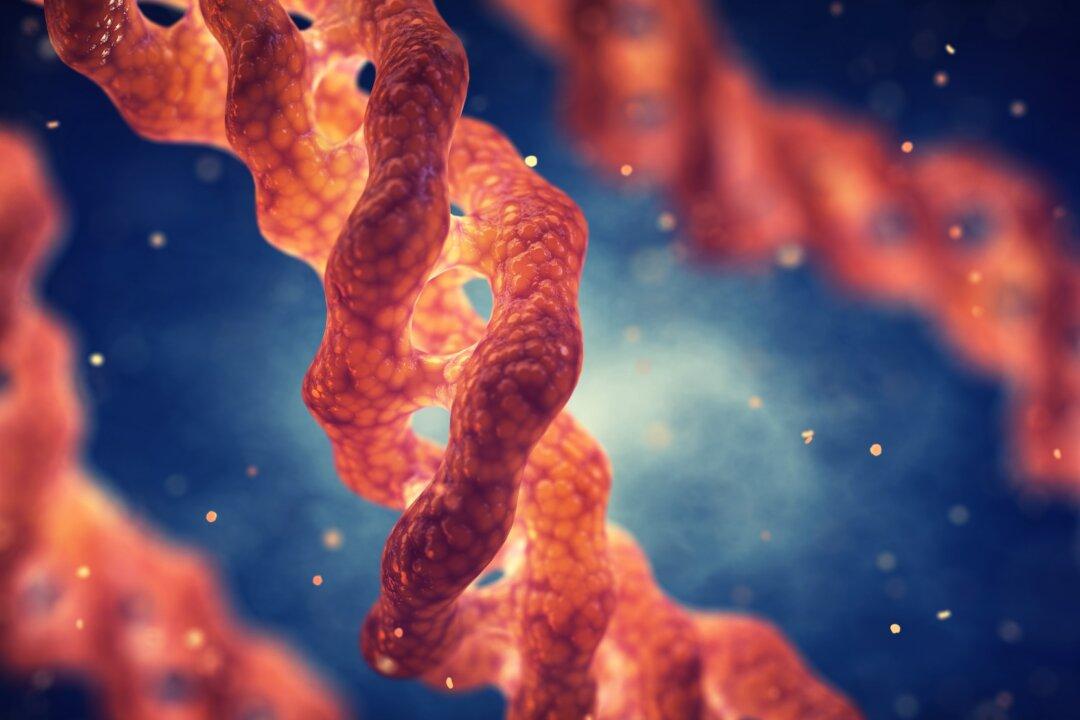Learn about the critical health implications of vitamin D deficiency, especially for pregnant women.
Researchers in Japan have developed a low-cost screening method that identifies women at high risk of vitamin D deficiency. The
study of nearly 600 Japanese women revealed significant health risks, including pregnancy-induced hypertension and low birth weight, linked to inadequate sun exposure and sunscreen use.
The new tool aims to help health care providers target vitamin D supplementation more effectively, particularly for populations with high melanin levels and limited sun exposure.
New Tool Predicts Vitamin D Deficiency
A research group led by professor Akiko Kuwabara at Osaka Metropolitan University’s Graduate School of Human Life and Ecology conducted a cross-sectional survey involving 583 Japanese women aged 18 to 40.The survey gathered comprehensive data, including participants’ age, residential area, medical history, and lifestyle factors such as sun exposure habits and supplement use. Dietary assessments were conducted using a self-administered dietary history questionnaire.
Researchers calculated the average and cumulative ultraviolet (UV) exposure for the 30 days prior to collecting a blood sample. From this data, the team developed a non-invasive, low-cost risk assessment tool named ViDDPreS (vitamin D deficiency predicting scoring).
“The ViDDPreS developed in this study can identify populations in need of intervention at a low cost and estimate the factors of vitamin D deficiency,” Kuwabara said in a
statement.
In Japan, excessive use of sunscreen and a cultural emphasis on avoiding tanned skin significantly reduces sun exposure, leading to inadequate vitamin D production.
Importance of Supplementation
Vitamin D supplementation should play a key role in addressing the risks associated with deficiency caused by sun avoidance, according to Kuwabara.“In addition, the use of vitamin D supplements is likely to have a beneficial effect in people deficient in this essential nutrient, so it is hoped that the use of ViDDPreS will lead to the appropriate use of supplements.”
Factors Increasing Risk of Deficiency
Dr. Kecia Gaither, a double board-certified physician in obstetrics, gynecology, and maternal-fetal medicine, told The Epoch Times that establishing a patient’s vitamin D status is one of her priorities.In her practice, every pregnant patient has their vitamin D levels assessed. If deficiencies are identified, she ensures that appropriate supplementation is provided.
People with higher levels of melanin are particularly at risk for vitamin D deficiency due to melanin’s ability to inhibit the conversion process that produces this nutrient when skin is exposed to sunlight, Gaither said. Vitamin D is essential for a variety of bodily functions during pregnancy, she added. These include:
- Mental activity
- Cardiovascular health
- Bone formation for both mother and baby
- Enhancing immunologic competence, “this was quite apparent during the height of the COVID pandemic,” Gaither said.
- Prevention of preterm labor
Gaither, who is the director of perinatal services/maternal-fetal medicine at NYC Health + Hospitals/Lincoln in the Bronx, cautioned that certain conditions increase the risk of vitamin D deficiency, such as a history of bariatric surgery, liver or kidney disease, and malabsorption syndromes.
Some medications can also elevate deficiency risk, including anticonvulsants, steroids, cancer treatments, and medications used for tuberculosis medications, like Rifampin and isoniazid, as well as blood pressure meds like Procardia—estrogen blockers used to treat breast cancer.
Obesity and Vitamin D Deficiency
According to the Centers for Disease Control and Prevention, data from August 2021 to August 2023 show that 40.3 percent of adults in the United States were obese.
Obesity is
associated with lower levels of vitamin D—as excess body fat can absorb and hold onto vitamin D—reducing the amount that circulates in the blood. People with obesity often need higher doses of vitamin D supplements to maintain normal levels. This is because fat cells in the body act as a
storage site for vitamin D, effectively keeping it away from the bloodstream, resulting in lower circulating levels of vitamin D even when adequate amounts are consumed or produced through sun exposure.
“Vitamin D is inexpensive, and pending the level of deficiency, 1000-2000 IU/day is generally given,” Gaither noted.







